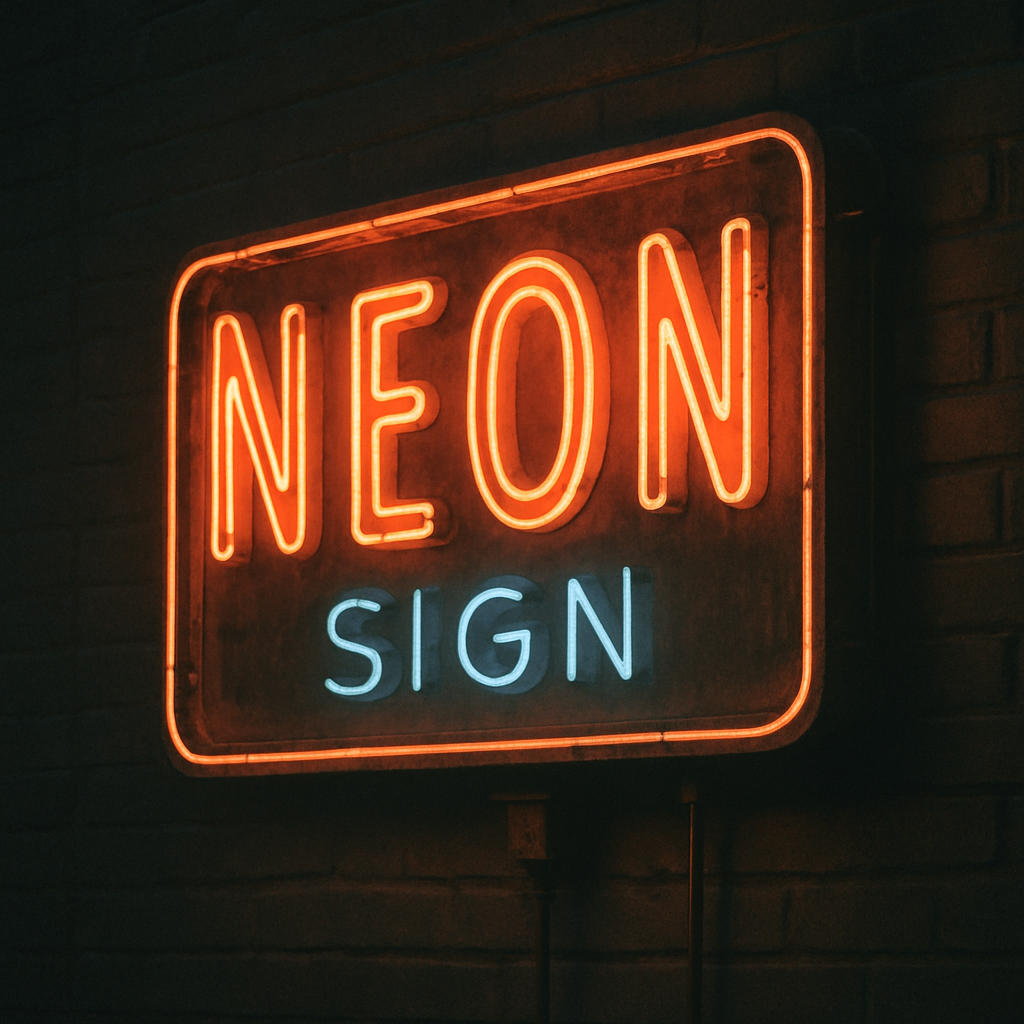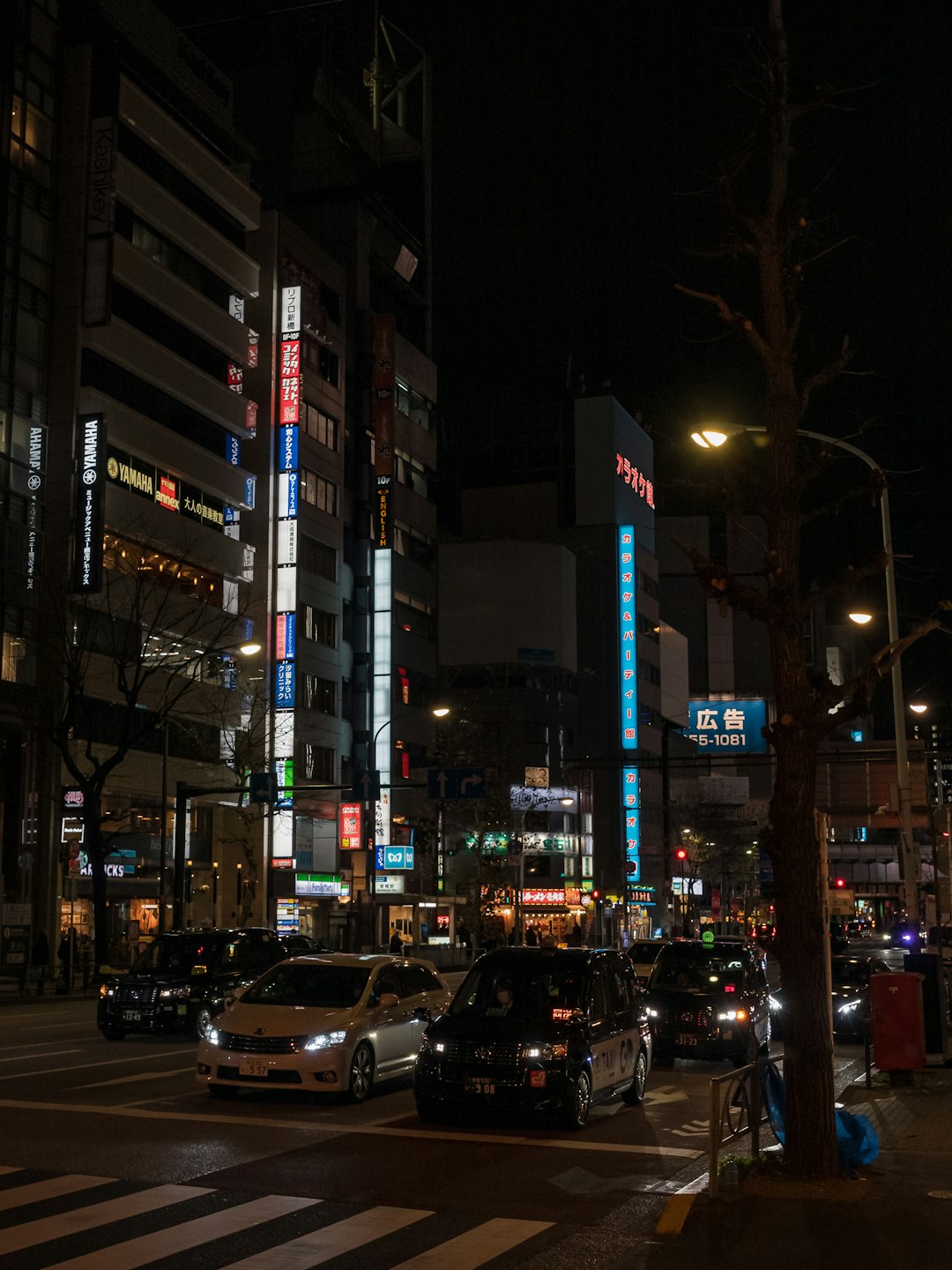Time:2025-10-13
Neon letters have long been a symbol of vibrant city life, illuminating streets with their bright colors and unique glow. But what is the story behind these glowing signs, and how have they become such an integral part of modern urban landscapes? In this article, we delve into the fascinating history and artistry of neon letters, exploring their origins, evolution, and enduring appeal.
The history of neon signs dates back to the early 20th century. The discovery of neon gas by French chemist Georges Claude in 1898 marked the beginning of a new era in lighting. By 1910, Claude had developed the first neon lamp, which he presented at the Paris Motor Show. This innovation quickly captured public attention, leading to the commercialization of neon lights.
Neon signs soon found their way into the world of advertising. In the 1920s and 1930s, businesses across the globe began using neon letters to attract customers. The bright, eye-catching colors and the ability to create intricate designs made neon an ideal medium for advertisements.
In the United States, the popularity of neon signs soared in cities like New York and Las Vegas, where businesses competed to create the most dazzling displays. Neon became synonymous with the excitement and energy of urban life, capturing the imagination of people worldwide.

Creating neon letters is a meticulous craft that combines science and art. Neon artists, also known as glass benders, use glass tubes filled with neon or other gases to create glowing signs. The process involves heating the glass tubes and bending them into desired shapes by hand, a skill that requires precision and expertise.
One of the most captivating aspects of neon art is its vibrant colors. While neon gas produces a red-orange glow, other gases and coatings can create a wide range of colors. For example, argon gas with a mercury coating produces a bright blue hue, while helium gives off a pinkish glow. Neon artists can also apply phosphor coatings to the inside of the glass tubes to achieve different colors and effects.
Neon letters offer endless possibilities for artistic expression. Artists can create intricate designs, from simple text and logos to complex images and animations. This versatility has made neon a popular medium for artists and designers looking to make a bold statement.
In recent years, neon art has experienced a resurgence in popularity, with contemporary artists incorporating neon into their work to create striking visual experiences.

Neon letters have not only shaped the visual landscape of cities but have also had a significant cultural impact. They have become symbols of nightlife, entertainment, and urban culture, appearing in countless films, photographs, and artworks.
Throughout the 20th century, neon signs became an iconic element of popular culture. They were featured prominently in movies, television shows, and music videos, often representing the allure and mystery of city life. Iconic films like "Blade Runner" and "Taxi Driver" used neon-lit settings to create atmospheric, futuristic worlds.
In music, neon has been referenced in lyrics and album covers, symbolizing excitement, rebellion, and romance. Artists like Bruce Springsteen and The Who have immortalized neon in their songs, further cementing its place in cultural history.
While the popularity of neon signs declined in the late 20th century due to the rise of LED technology, they have experienced a revival in recent years. Many businesses and artists have embraced neon for its nostalgic appeal and unique aesthetic qualities.
Neon letters are now seen as a timeless art form, with vintage signs being restored and preserved as historical landmarks. This renewed appreciation for neon has sparked a new wave of creativity, with artists and designers pushing the boundaries of what can be achieved with this glowing medium.

As technology continues to evolve, so too does the art of neon. Modern advancements in lighting technology have allowed for more energy-efficient and environmentally friendly neon signs, making them a sustainable choice for businesses and artists alike.
Today's neon artists are exploring new techniques and materials to create innovative designs. Digital technology has enabled the integration of neon with other media, such as video projections and interactive installations, expanding the possibilities for creative expression.
Moreover, the rise of social media has provided a platform for neon artists to share their work with a global audience, inspiring a new generation of creators to experiment with this captivating art form.
Efforts to preserve and restore vintage neon signs are gaining momentum, as communities recognize the cultural and historical value of these glowing landmarks. Organizations and enthusiasts are working to document and save iconic signs, ensuring that the legacy of neon art endures for future generations to enjoy.
The art and history of neon letters is a testament to the enduring appeal of this vibrant medium. From its origins in early 20th-century France to its role as a symbol of modern urban culture, neon has captivated the imagination of people around the world. As technology and creativity continue to evolve, the future of neon art looks brighter than ever, promising new and exciting possibilities for this timeless form of expression.